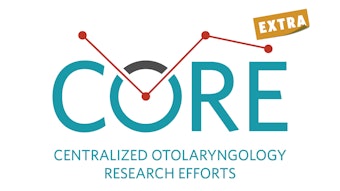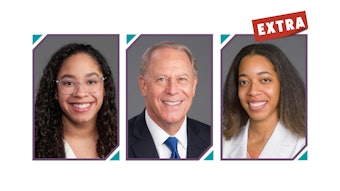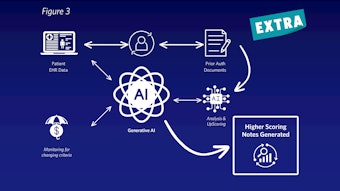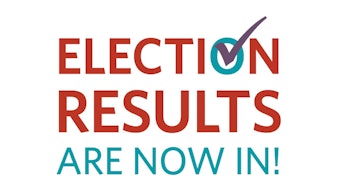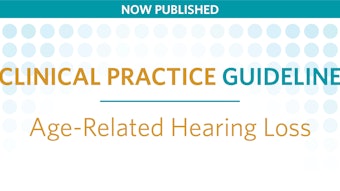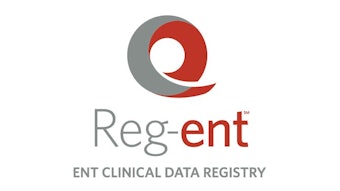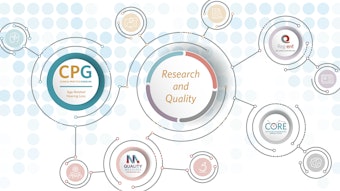Pearls From Your Peers: Connecting Effectively with Patients
Betty S. Tsai Do, MD, interviewed Agnes M. Hurtuk, MD, about communication strategies we can use as physicians to connect more effectively with our patients.
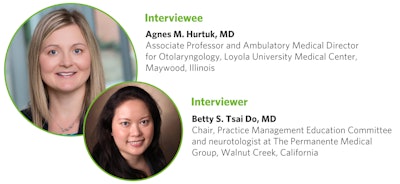
Why is effective physician communication important?
Physician communication within the clinical setting is essential because we care for a person’s health, their greatest asset. As physicians, we can be so accomplished—the graduate of a great school, fellow of a top program, well published, or keynote speaker, but at the end of the day the invisible screen between us and the patient lies in our abilities to communicate, which influences what patients take away from their encounter.
We sometimes take for granted that a patient may consider this appointment as the most important and sometimes stressful point of their lives. They might be worrying about the next steps in their health or fearing the delivery of bad news. Therefore, our words, behaviors, and their deliveries truly matter.
Improved physician communication through communication skills training programs has been linked to improved clinical outcomes, safety, patient compliance, and efficiency, as well as reduced errors and higher patient and physician satisfaction.1
What are some of the considerations in effective communication?
All our behaviors in the clinical setting are a form of communication between us and our patients. A physician is often considered a leader within the clinical setting; and, over time, the clinic staff may begin to mirror many of the physician’s communication styles, interacting with patients in a similar fashion.
We interact with patients using verbal, paraverbal, and nonverbal elements. The verbal aspects are the words we use, keeping messages clear, respectful, and positively phrased. Meanwhile, the paraverbal elements of communication, which is the way we say it, including the tone and volume of our voice, are also essential. Finally, we need to be mindful of nonverbal elements such as personal space, body language, and engaged listening with empathy.
While communicating, it is important to consider factors that influence how the messages are received by patients. These include social and cultural factors, language barriers, patient’s age and gender identity, person’s cognitive abilities, the context of the situation, and individual’s thoughts, feelings, and needs. Listening with empathy can help you begin to identify why a person may feel a certain way or become anxious or upset. Taking the time to show empathy during a clinical encounter improves efficiency. In one study of patient cues and physician responses in primary care and surgical settings, physicians who used empathic statements had shorter visits, 12.5 versus 14 minutes in surgery and 17.6 versus 20.1 minutes in medicine.2
Certain traits, such as personality and character, are inherent to the communication process, but there are also skills physicians can learn and practice. While some clinicians may have received some formal education in communication during their training, many have not. With the many changes in healthcare and society, a focus on effective communication is re-emerging.
What are some resources you have used or encountered to help train physicians in these skills?
The otolaryngology group at our institution recently participated in a “Physician Communication Curriculum,” an effort championed by the organization’s chief medical officer and director of the hospitalist division. As the physician communication champion for the otolaryngology department, I implemented the curriculum into our Otolaryngology Safety and Quality Conference.
The curriculum consisted of three separate presentations: one given by the director of the system-wide curriculum and two talks given by me. My talks targeted otolaryngology care and focused on opening the patient encounter and creating a rapport quickly, strategies for implementing empathy, ways to recognize barriers such as implicit bias, and coordination of care. Several resources that we used to highlight key points were a video on communication for clinicians3, a video on empathy and the human connection to patient care4, and several videos from the AAO-HNS implicit bias video series.5
When people become more aware and apply these basic principles of communication skills, they significantly decrease the likelihood of misunderstanding and conflict. They also increase the chances of successful communication, thus increasing patient compliance and ultimately improving health outcomes.
What are some strategies that can be used to de-escalate a difficult interaction?
Just because we said something that we thought was clear, the person on the receiving end may not have understood what we meant. The messages we send filter through a system of thoughts and feelings and may be perceived differently in different scenarios. There is considerable room for misunderstanding, especially during stressful times, which occur frequently in healthcare settings.
For example, fear and anxiety in the family member of an ill patient may escalate into reactive behavior. Or a patient receiving a new diagnosis of cancer and needing to schedule appointments with specialists and tests in a timely manner might feel stressed, sad, and scared, which may manifest in different ways. While we may not be able to control how a person feels or behaves, we can control our response.
One effective strategy is to think of a challenging person or interaction as a person in distress needing help. The Physician Communication Curriculum at our institution presented the “NURS” approach to addressing patients with empathy. NURS stands for Nurture emotions (“You seem frustrated”), Understand (“I can see how this could make you angry”), Respond (“You’ve been through a lot”), and Support (“Let’s get to the bottom of this together and see what we can do”). NURS is one simple and effective tool for communicating empathy and understanding during difficult interactions.
What other communication factors are important to consider in supporting otolaryngology patients?
We often encounter patients that may have an inherent barrier to communication such as hearing loss or cognitive delay or decline. Physicians must recognize these barriers and speak slower and provide clear and concise verbal and written instructions. One rule of thumb in my practice is that I try to provide any written patient instructions in an easy-to-understand language.
Additionally, many otolaryngology patients need significant coordination of care following their clinic visits such as imaging, lab testing, preoperative appointments, prescribed medications, and or scheduling surgery. Physicians need to clearly communicate how and when to arrange these appointments, recognize any barriers, and have adequate staff support to help with the coordination of care to improve compliance with recommended treatment and ultimately the health outcomes of our patients and communities.
One innovation in recent years that has positively contributed to how we communicate with patients and coordinate care is the increased use of patient portals. This has led to increased patient engagement in their health and streamlined coordination of care and communication between patients and healthcare organizations in an ever-evolving digital world.
References
- Boissy A, Windover AK, Bokar D, Karafa M, Neuendorf K, Frankel RM, Merlino J, Rothberg MB. Communication Skills Training for Physicians Improves Patient Satisfaction. J Gen Intern Med. 2016 Jul;31(7):755-61. doi: 10.1007/s11606-016-3597-2. Epub 2016 Feb 26. PMID: 26921153; PMCID: PMC4907940.
- Levinson W, Gorawara-Bhat R, Lamb J. A study of patient clues and physician responses in primary care and surgical settings. JAMA. 2000 Aug 23-30;284(8):1021-7. doi: 10.1001/jama.284.8.1021. PMID: 10944650.
- Academy of Communication in Healthcare. Why Does Communication Matter to Clinicians? https://www.aachonline.org/Resources/ACH-Resources/Videos. Accessed Mary 25, 2024.
- Cleveland Clinic. Empathy: The Human Connection to Patient Care. https://www.youtube.com/watch?v=cDDWvj_q-o8. Accessed May 25, 2024.
- American Academy of Otolaryngology-Head and Neck Surgery. AAO-HNS Implicit Bias Video Series. https://www.entnet.org/about-us/diversity-equity-inclusion/implicit-bias-video-series. Accessed May 25, 2024.
